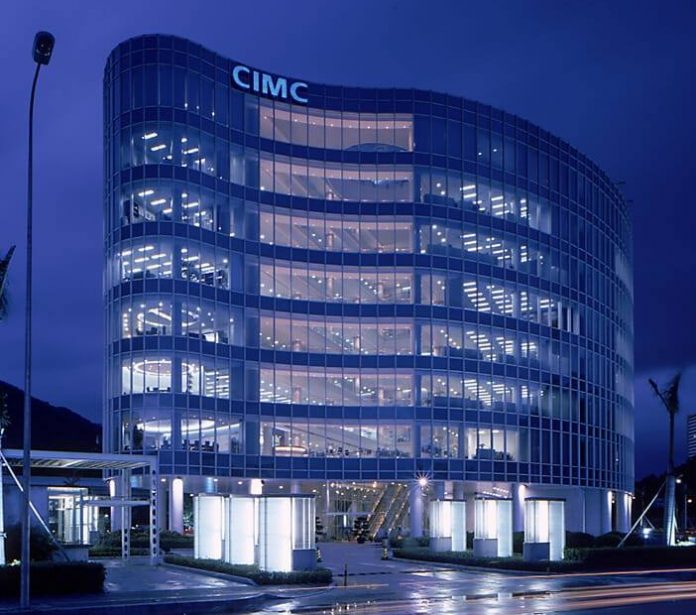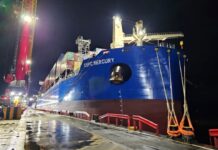
China International Marine Containers (CIMC) chairman and CEO Mai Boliang expects demand for new containers to be muted, at just 20% of that in conventional years.
The head of the world’s largest container manufacturer was speaking at a briefing on 28 March to announce CIMC’s 2022 results, which showed net profit fell by 52% year-on-year to US$466.55 million, as the container shipping market normalised.
Overall revenue fell by 14% to US$20.51 billion, as turnover from container manufacturing fell 31% to US$6.62 billion.
Sales of dry containers fell 56% from 2021, to just over 1.1 million TEU in 2022, while reefer sales declined by 11% to 131,400 TEU. Net profit from the container manufacturing business contracted by 55%, to US$762.03 million.
Mai said, “In 2022, the global economic and trade growth momentum weakened due to factors such as inflation and significant interest rate hikes in Europe and the US.”
Mai however, attempted to downplay the reduction of earnings and sales volumes, pointing out that 2021 was an exceptional year, and the drop in profit and sales figures was off a high base.
He said, “The container business is mainly affected by the variety of dry cargo containers, and the demand in the first half of the year is only 1/5 of that in conventional years.”
Mai expects container demand to recover in 2H 2023, as US retailers resume stockpiling.
“Global trade remains slow, while China’s economy is still recovering after the (Covid-19) pandemic,” explained Mai. “However, container prices have stabilised at just over US$2,200/TEU, and we expect prices to go up as demand recovers.”
Mai also observed that in recent years, more manufacturing has relocated from China to Southeast Asia, but does not foresee a big shift for container manufacturing in the near term, although container factories have opened in Vietnam.
“In the past, the container industry was transferred from Japan and South Korea to China, and there may be a trend of moving to Southeast Asia in the future, but this is not easy,” opined Mai.
“In the short term, Southeast Asia’s share in the global container market will increase, but China will continue to dominate demand, production technology, equipment, and the supply chain.”
Martina Li
Asia Correspondent





